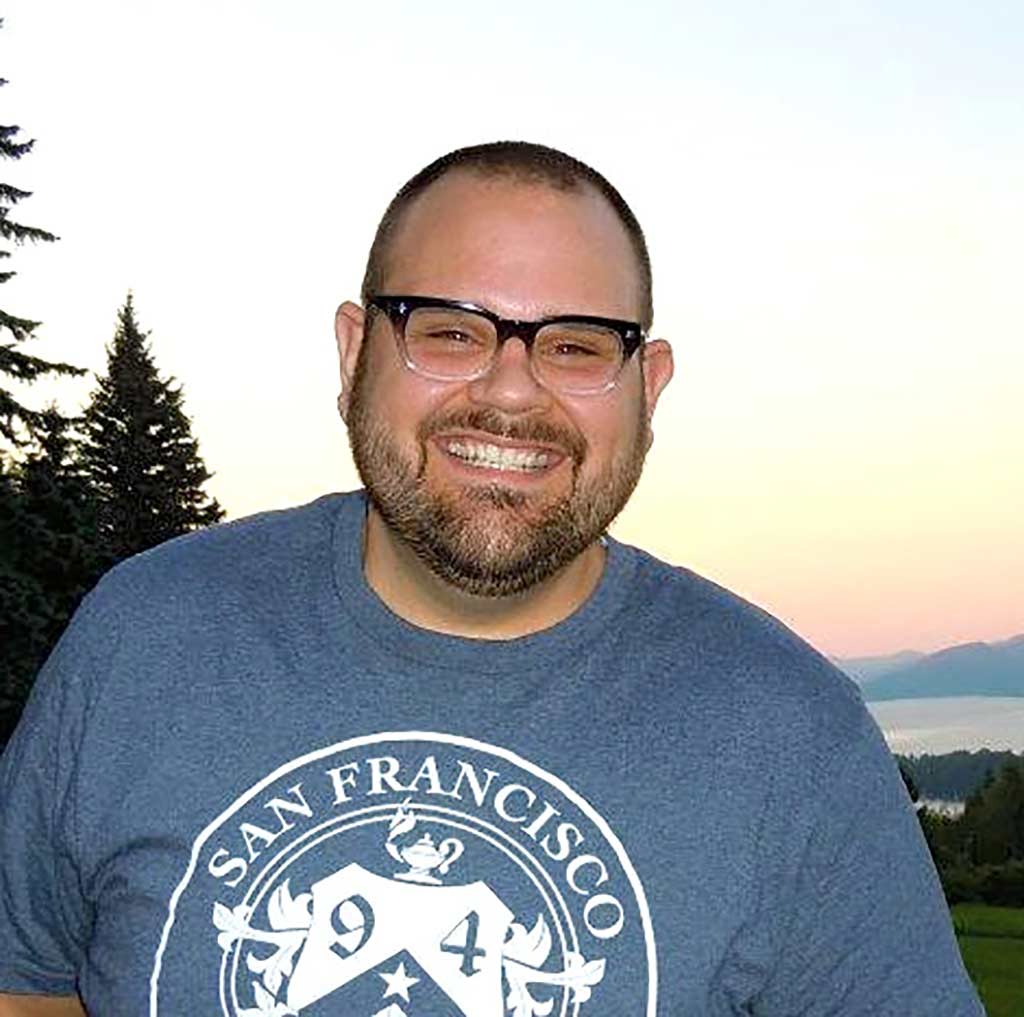
You are touching a life in some way by being a videographer. It is neat to touch a life. Whenever you have the time to love someone who is not necessarily like yourself, it opens up opportunities that you didn’t think would be there.
1. What led you to the mission of being a videographer?
I went to school to study mass communications. I wanted to be a radio personality or a person in front of the camera. But right out of college, I got a job with Boy Scouts of America. I was in charge of all the county operations in southwest Kansas. There are ten counties.
After that I moved to St. Louis and took a job with Wells Fargo. 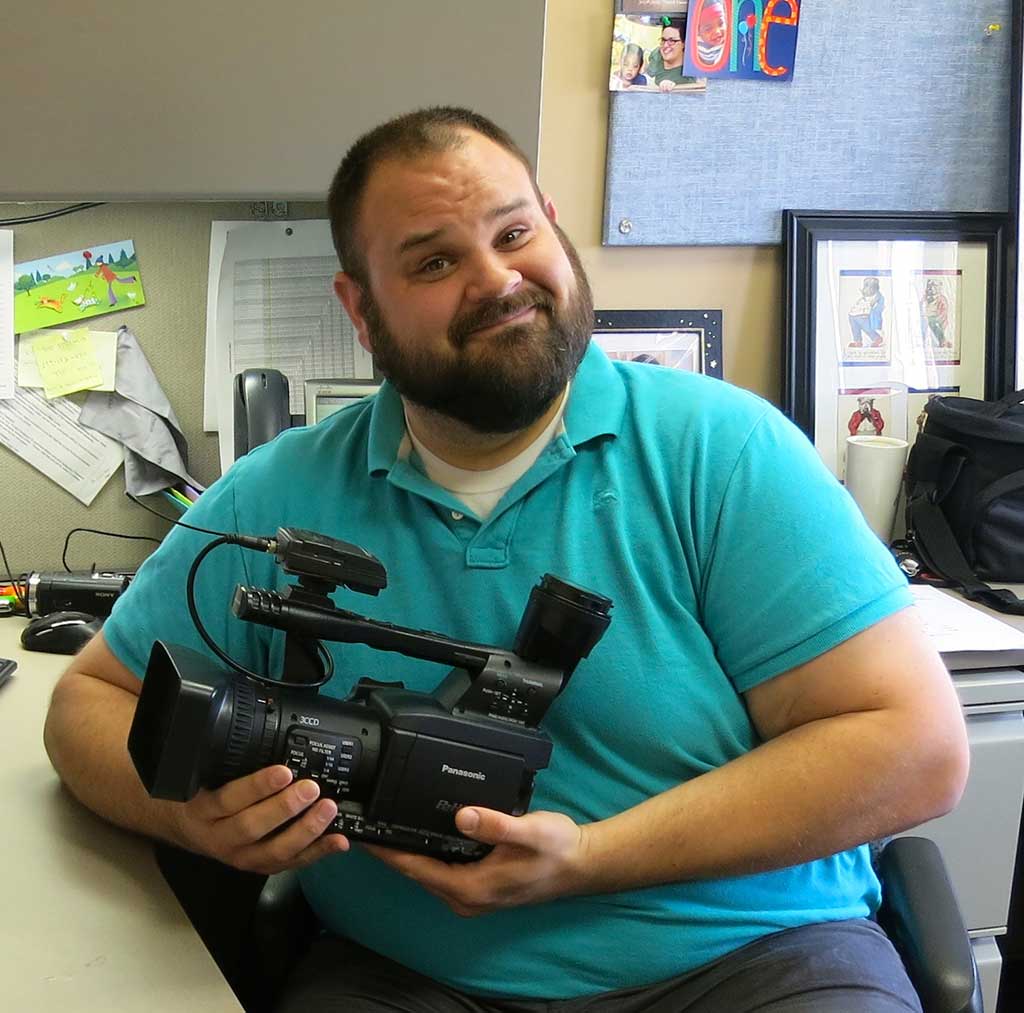 After a while, I didn’t want to sell mortgages any more. There was an opening in a school district. They asked me if I had any editing experience. I said, “I did a little bit in college.” I showed them some of my work, they hired me and I finally got into something that I really wanted to do. I’m not in front of the camera, but now I am behind the camera.
After a while, I didn’t want to sell mortgages any more. There was an opening in a school district. They asked me if I had any editing experience. I said, “I did a little bit in college.” I showed them some of my work, they hired me and I finally got into something that I really wanted to do. I’m not in front of the camera, but now I am behind the camera.
It’s fun. It’s good. I get to do what I like. I get to work with kids. I get to work with teachers. I really love to work with kiddos when they have a project. These kids are fantastic. The high schoolers are doing stuff that I say, “Hey. Do you want to show me how to do that?”
I want to say that I didn’t need to go to college to be a videographer, but there are experiences that you learn in college that I think are necessary for a job like this. I had to learn about copyright laws and make sure that the things I am using are not copyrighted and are cited correctly. Yes, I did use my college education for some aspects of this job. But you also need hands on training with a camera and hands on working in front of the computer. You need computer editing experiences. Then you can learn as much as I did about the camera and editing aspect and maybe even have a leg up if you start getting this experience before having a college experience.
Below is an example of one of Curtis’ Cornerstone videos.
2. What does this mission mean to you?
It means that I get to help people on a project that they weren’t sure how to do. I’ll get a phone call or I’ll get an email and a person will say, “Hey. How do I do XYZ?” To have knowledge from me and get help from me helps them tell their story. It is a way for them to put their face on a video or YouTube and tell their story in a different way rather than just writing it out.
3. What was your best day being a videographer?
I love the experience with a school program called Cornerstone. I think that is one of favorite days – making and editing Cornerstone videos.
Cornerstone is an awards program that recognizes people that are in the support staff of a school district. 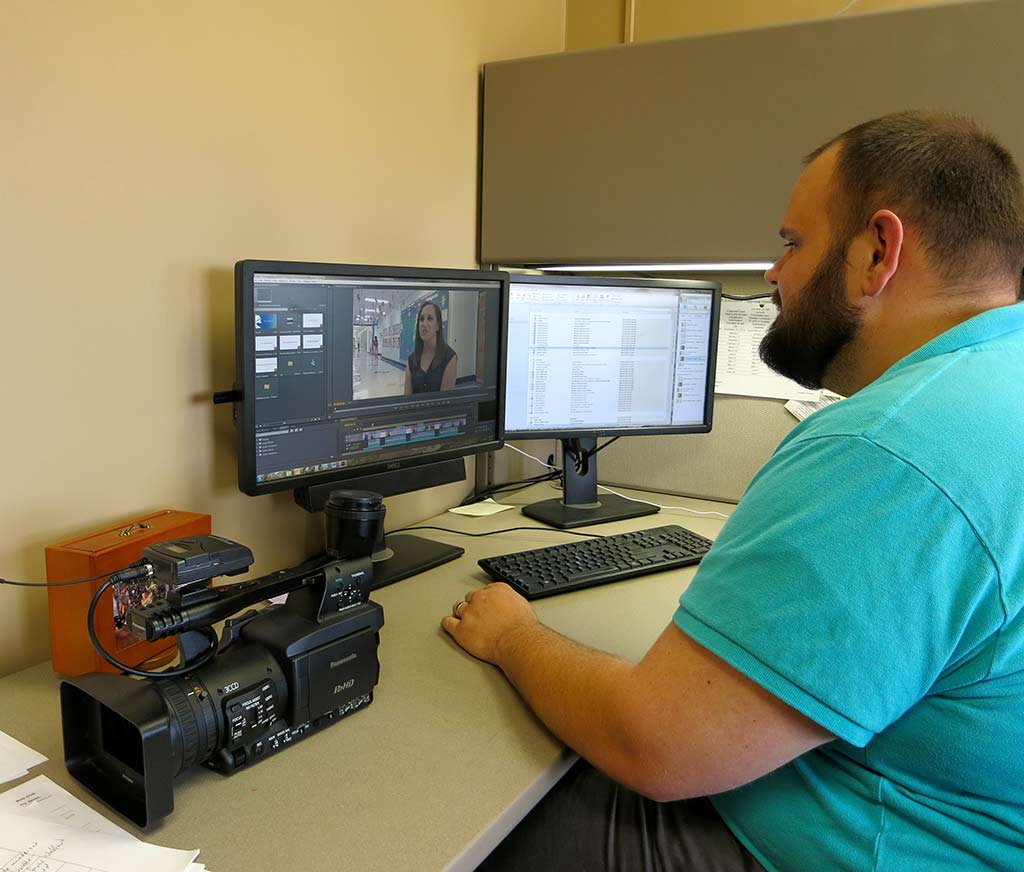 Cornerstone recognizes anybody who has gone above and beyond their job responsibilities to help somebody out. Before they were going around and having one person say, “Congratulations, you won this.” That was it. It was like, “Oh, here it is.” But now they have this big guy behind the camera. They’ve got this other guy who is very loud and boisterous. Then they have another person there with flowers and balloons. We bust through the door and are yelling for this person to appear. We find them. We hand them the flowers and balloons. Everybody starts cheering. It is just a lot of fun. It is fun to recognize someone else.
Cornerstone recognizes anybody who has gone above and beyond their job responsibilities to help somebody out. Before they were going around and having one person say, “Congratulations, you won this.” That was it. It was like, “Oh, here it is.” But now they have this big guy behind the camera. They’ve got this other guy who is very loud and boisterous. Then they have another person there with flowers and balloons. We bust through the door and are yelling for this person to appear. We find them. We hand them the flowers and balloons. Everybody starts cheering. It is just a lot of fun. It is fun to recognize someone else.
Another type of video I do is about curriculum. Curriculum videos can sometimes be kind of boring. I don’t necessarily dread editing end pieces of curriculum, but sometimes they are really dry videos. The video might be purely instructional – “This is this curriculum.” If I am doing a video on how to teach curriculum — oh, it may not be very fun. Sometimes I have to force myself to edit it.
But with the Cornerstone video, I shot it, I have it and I am already piecing it together in my brain on how I am going to put it together, I already know the sound bites I’m going to use. It’s so much more exciting to do that type of video. Whenever I get to work on a project like that, it makes being a videographer more fun.
4. What was your worst day being a videographer?
I have three terabytes on one hard drive and one terabyte on another. My worst day is when I walk in and my hard drives have failed. I have no hard drives. If my footage is gone, that’s a bad day. That means I have to take my camera. I have to go and collect all that footage again. I have to set up the appointments again. For instance, if I have interviewed the superintendent of schools, he is a very busy man. That means I have to reschedule with him, retake the video with him and he’s not going to be happy because I have to capture the video footage again. That’s a really bad day.
5. How did you survive your worst day?
The way to get through that is to understand that people make mistakes. 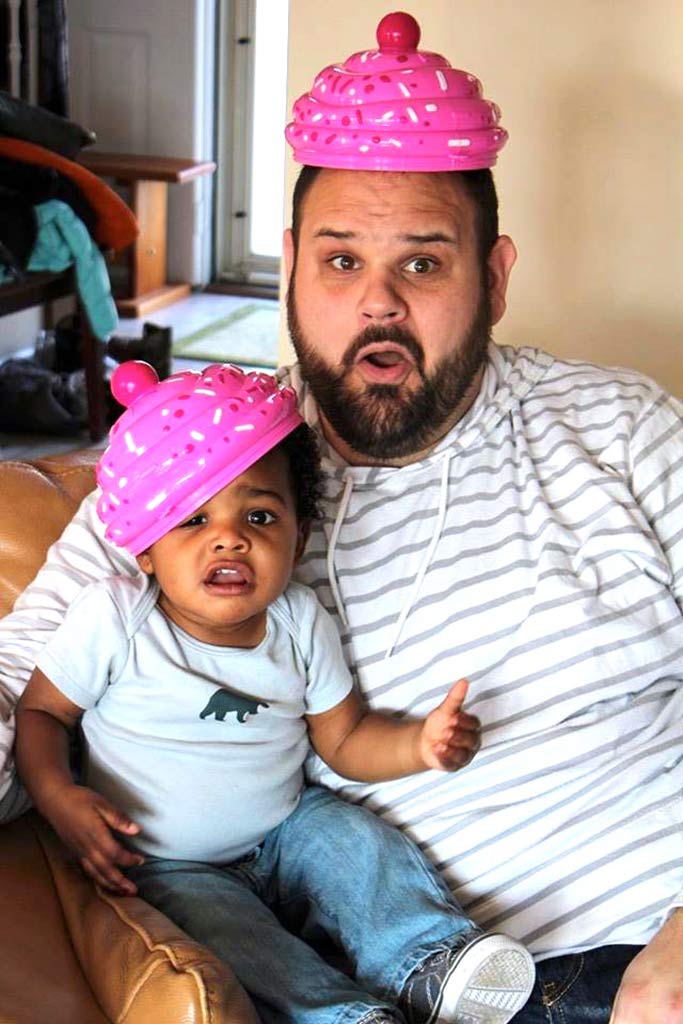 Things happen. It is hard. Life is not always easy. Life is not always going to be hard. I think you have to realize that things happen and technology fails but people will understand in the long run.
Things happen. It is hard. Life is not always easy. Life is not always going to be hard. I think you have to realize that things happen and technology fails but people will understand in the long run.
You surround yourself with good teams as well. Whenever I have a bad day, the others on the team can help and even go capture extra footage if the footage is due. They can bring it back for me to edit. You have to surround yourself with people that want you succeed. You want make sure that they will help you put your best foot forward. (Pictured is Curtis and his son.)
6. What advice do you have for someone who would like to be a videographer?
People might be scared to get started in videography because they think it costs a lot of money. 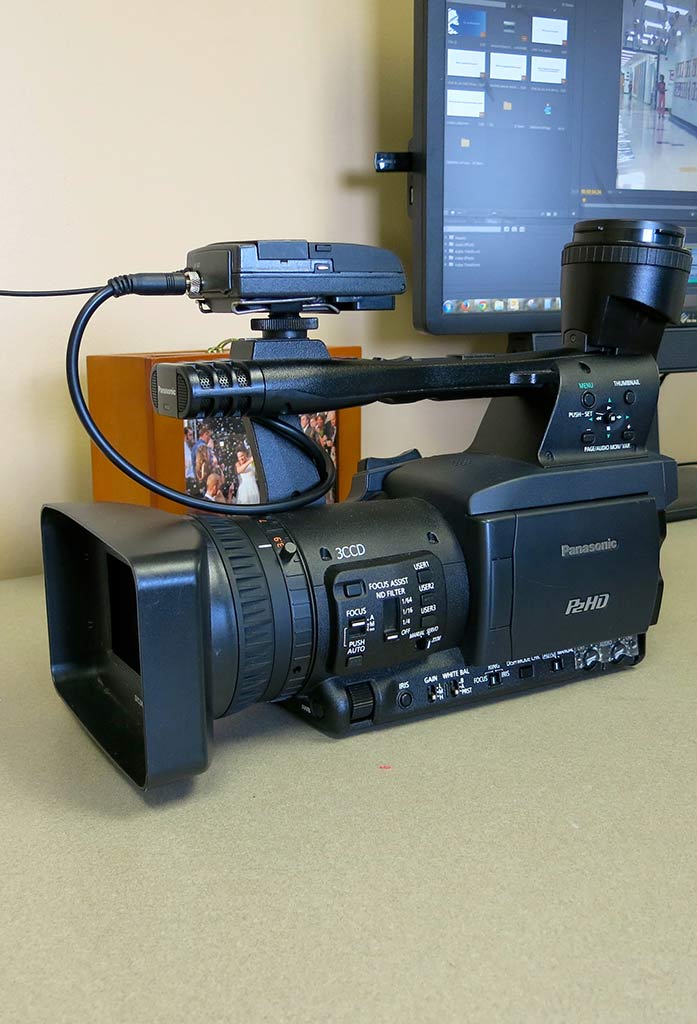 There are five thousand dollar cameras. But you don’t have to spend a lot of money to make a video. There are plenty of people out there that can take cell phone footage, upload that to an editing suite and make great footage out of it.
There are five thousand dollar cameras. But you don’t have to spend a lot of money to make a video. There are plenty of people out there that can take cell phone footage, upload that to an editing suite and make great footage out of it.
Just play around with it. Make sure you use what you have. Just do it. You can buy a flip camera now. They are cheap and fun in 4 x 3 format. It’s not the best quality footage, but if you get something that is neat to look at and an interesting subject, people will watch it. People will like it. You can throw it up on YouTube, tell the reason why you like it, and then people might follow it.
You can do this at the public library also. You can take footage to the computer at the public library and work on it. You might also find a public library that has stuff for you to rent for free. You can get a $30 burner cell phone to take great pictures.
You have to work with what you’ve got, but do it. Get your hands in it. Play with it. Do it over and over. You can even make some money doing videography because you can sell ads on YouTube and they can pay you for the footage that you upload. You can save that money and go and buy better equipment.
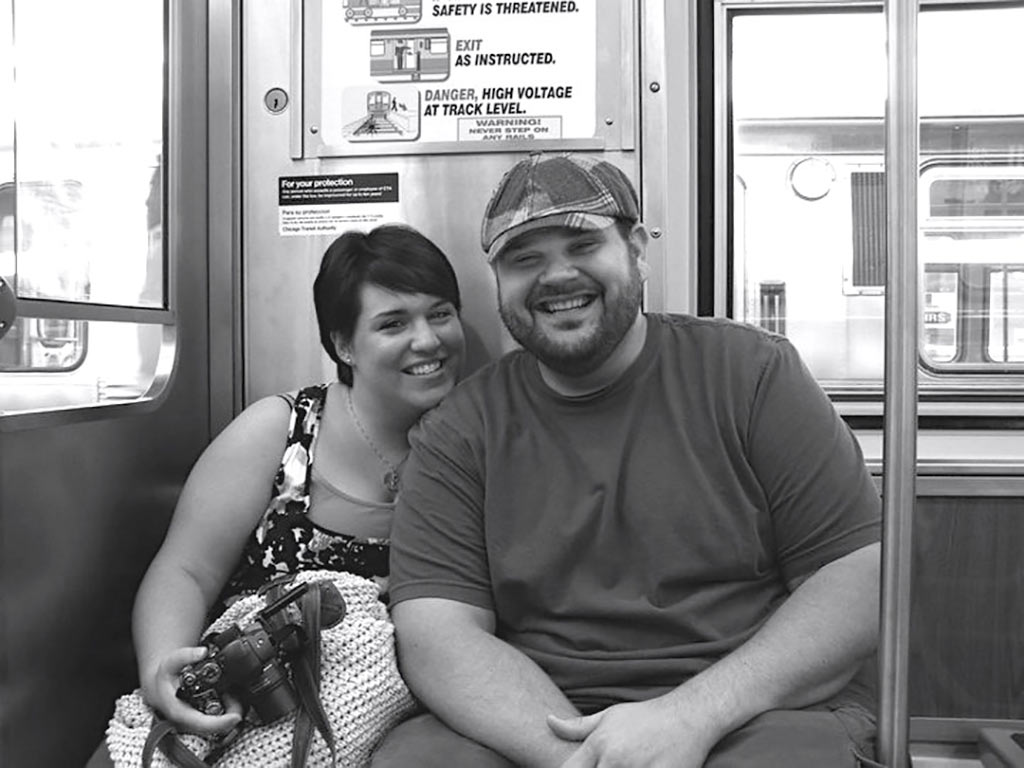 People might say, “Follow what you love”, but I would say, “Put your faith in people. Hopefully people are inherently good. You can find good people.” My wife helped me find the love in people – even when they are kind of angry. She is a social worker. When she is dealing with an angry person, she might say, “I know there is a little love in your heart. I know it is in there. You’re not showing it to me. But that’s OK. I know it’s in there. I love you just for being angry.” She shows them love. She shows them respect. Then they open up. She makes me smile.
People might say, “Follow what you love”, but I would say, “Put your faith in people. Hopefully people are inherently good. You can find good people.” My wife helped me find the love in people – even when they are kind of angry. She is a social worker. When she is dealing with an angry person, she might say, “I know there is a little love in your heart. I know it is in there. You’re not showing it to me. But that’s OK. I know it’s in there. I love you just for being angry.” She shows them love. She shows them respect. Then they open up. She makes me smile.
I mentor a kid who is from a hard place. It is really fun to see him interact with other people. I’m working with him on how to get a job. It is really fun to be a part of his life. It is neat to touch a life. You are touching a life in some way by being a videographer. Whenever you have the time to love someone who is not necessarily like yourself, it opens up opportunities that you didn’t think would be there.
- « Previous person: Joyce Spann
- » Next person: Julie Harwell